Virus evolution within individuals and across continents
JT McCrone
Fred Hutch Cancer Center
Aug 22, 2024
CompBio summer retreat
Camp Casey, Whidbey Island, Washington
Realtime outbreak investigation
2018-2020 North Kivu Ebola virus epidemic
- August 1, 2018 - June 25, 2020
- Over 3,000 cases
- 351 sequences - August, 2019
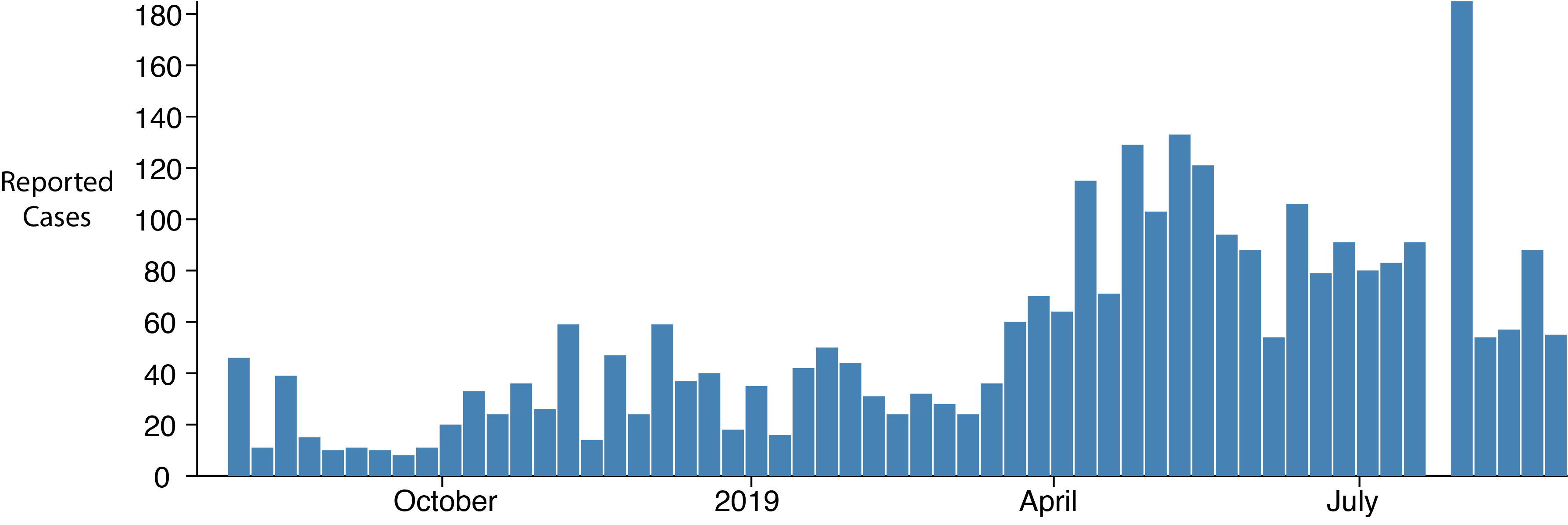
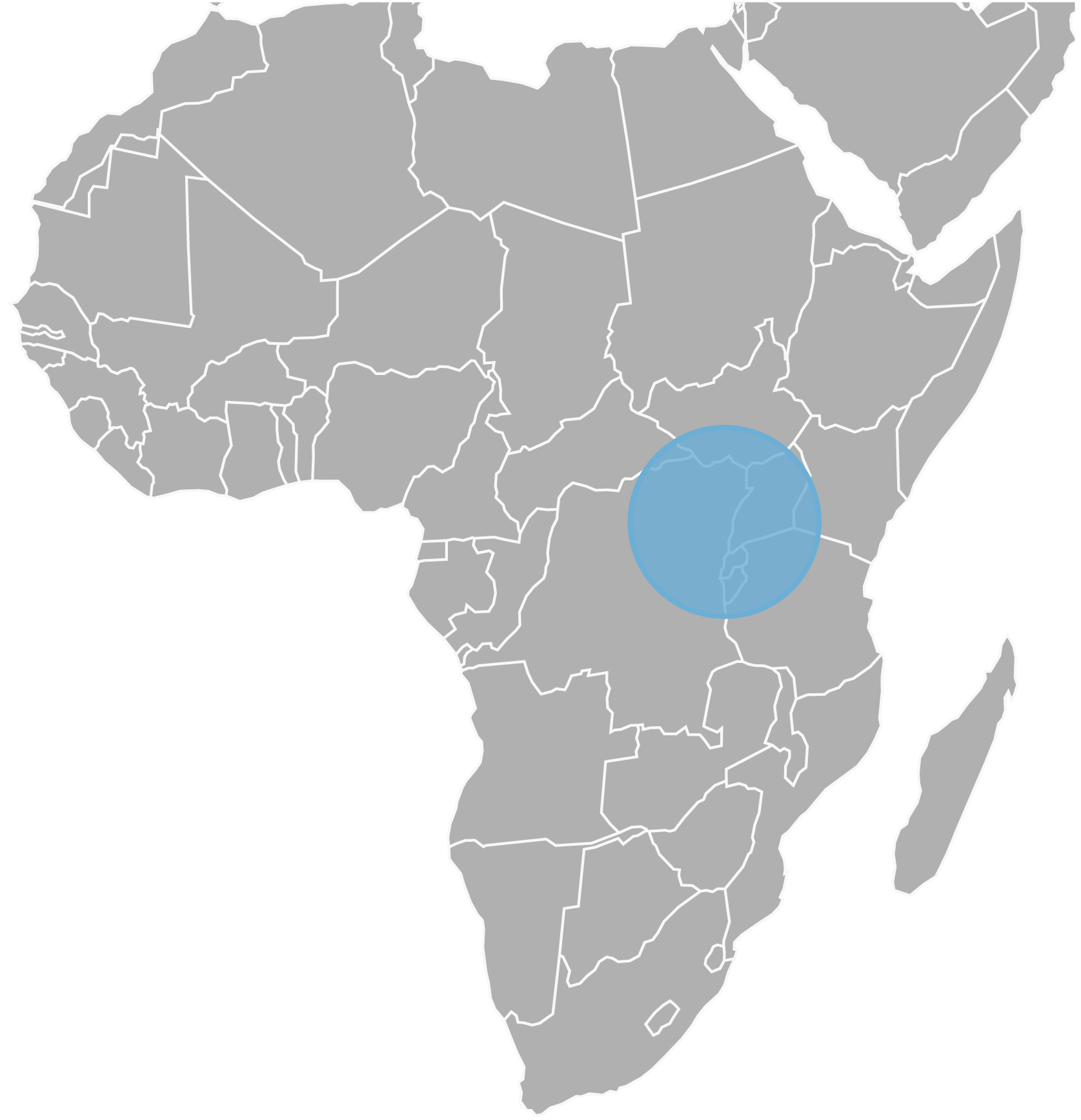
Phylogenetics reveals underlying transmission process
Future directions
Phylodynamics for epidemiological forecasting
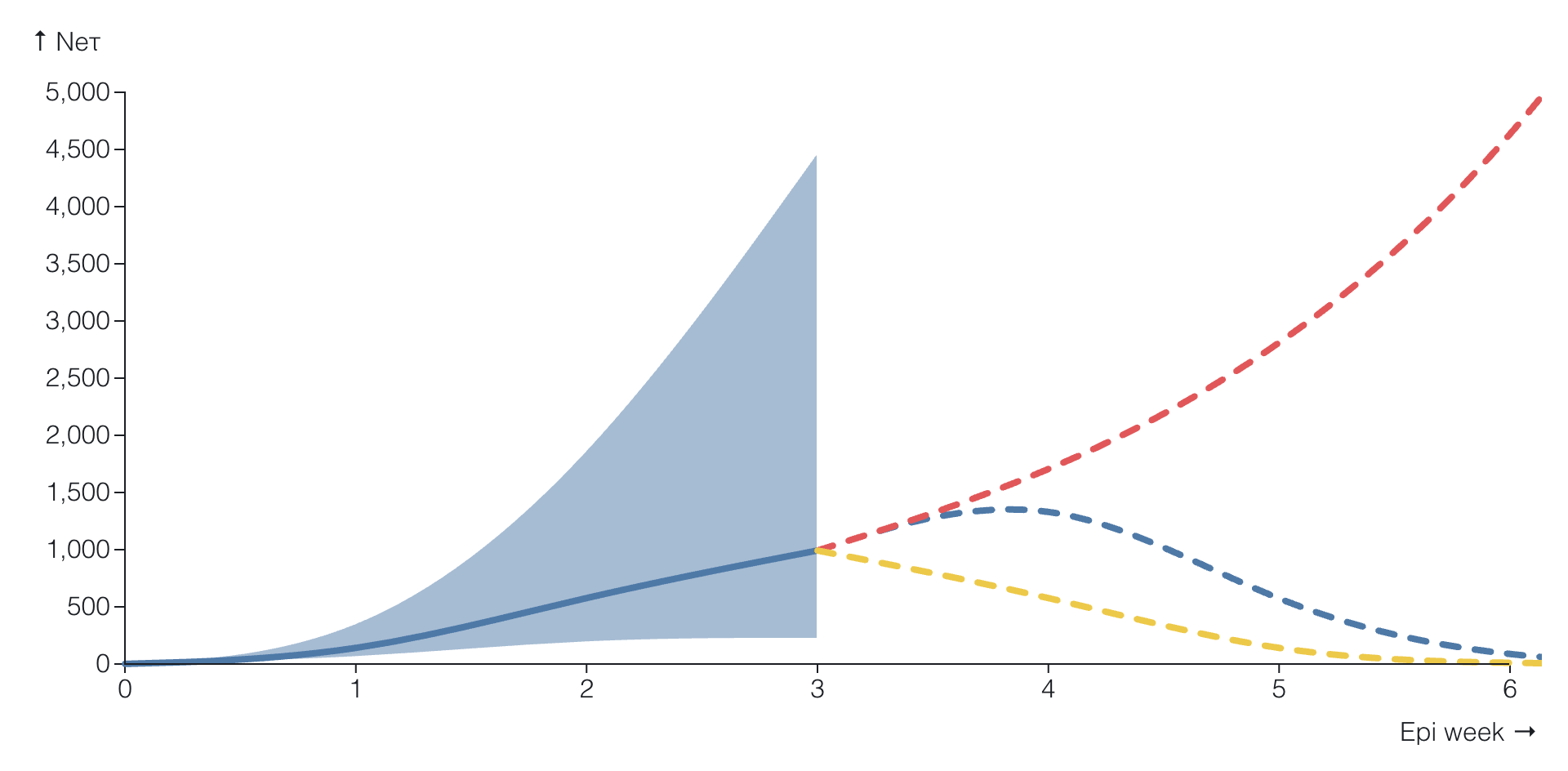
Multi-pathogen models of viral surveillance
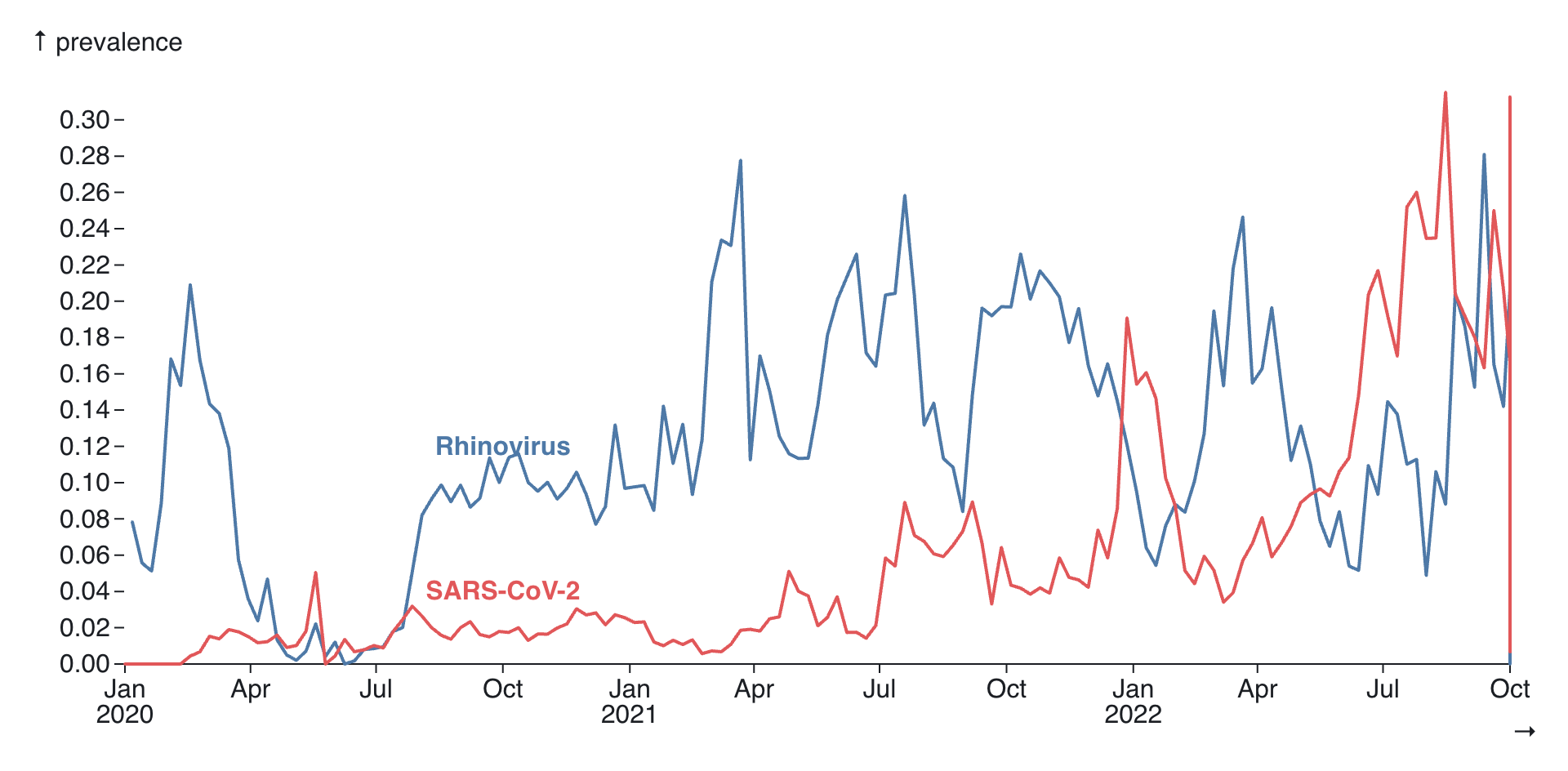
SFS
Phylogenetic methods in pandemic-sized datasets
Increased efficiency with simplified likelihood


Tractable phylogenetics for the pandemic
Computational time
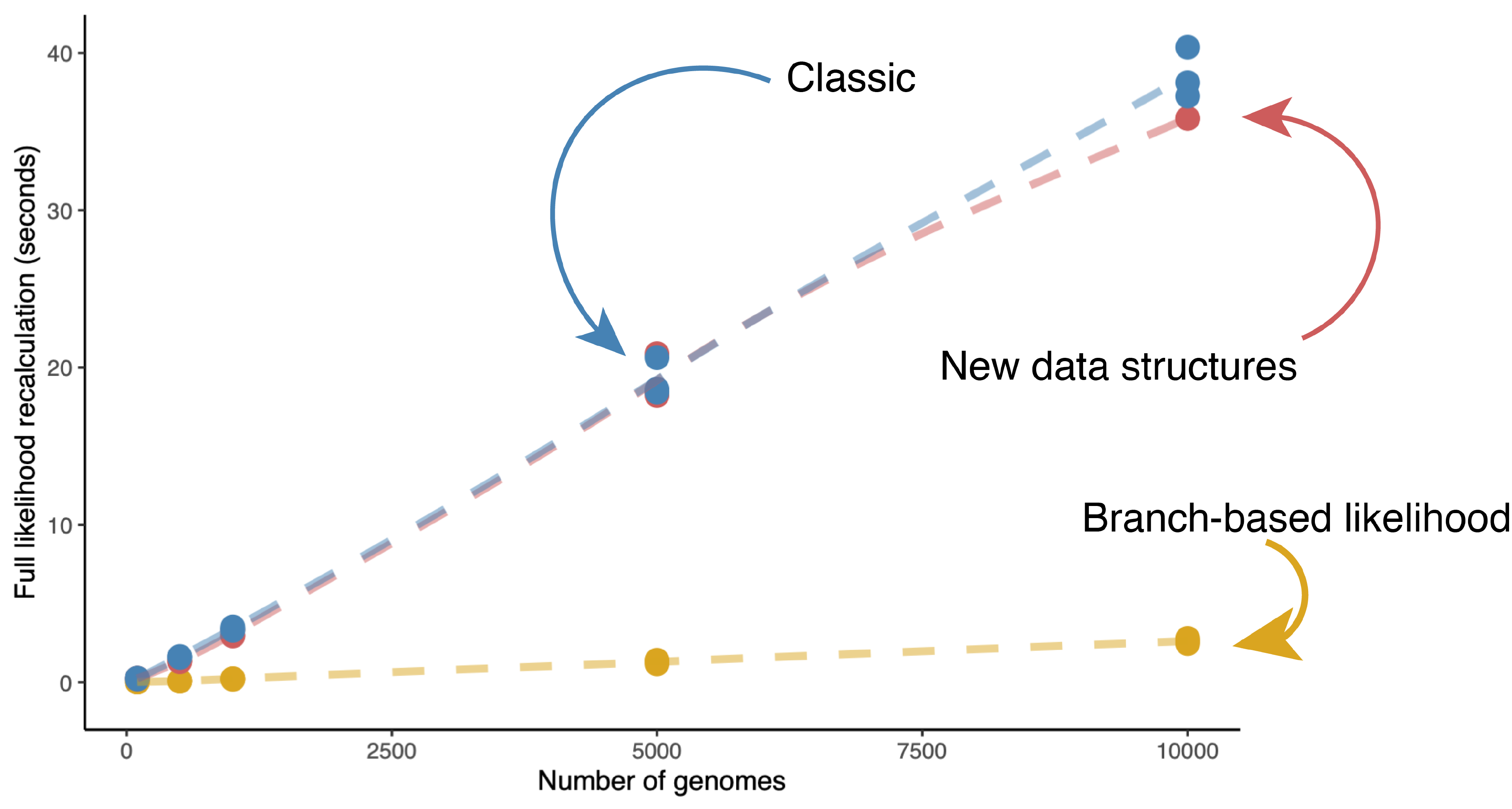
Memory usage
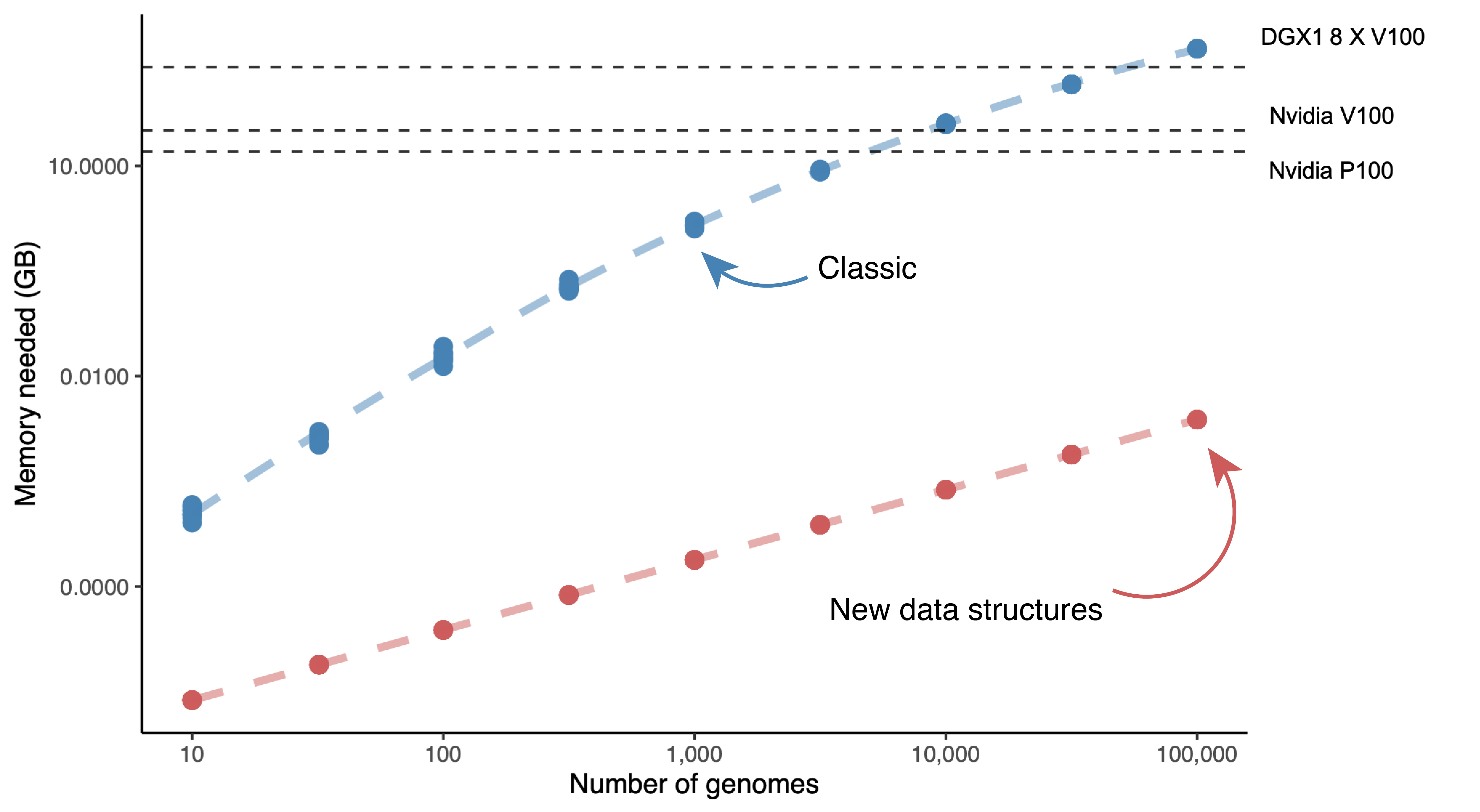
Within-country spread

McCrone et al., 2022
Future directions
Strengths and limitations of simple approximations
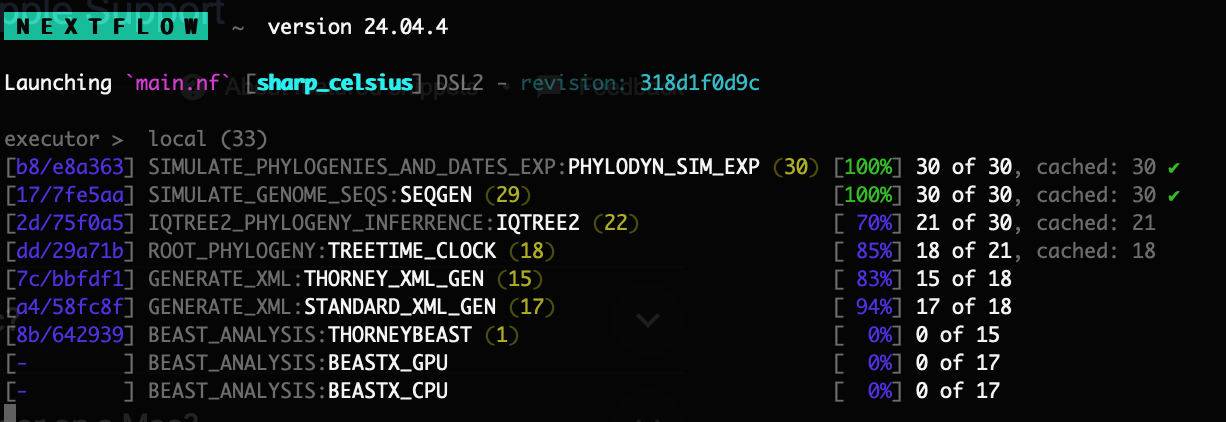

Conner - Bioinformatic analyst
Efficient exploration of tree space
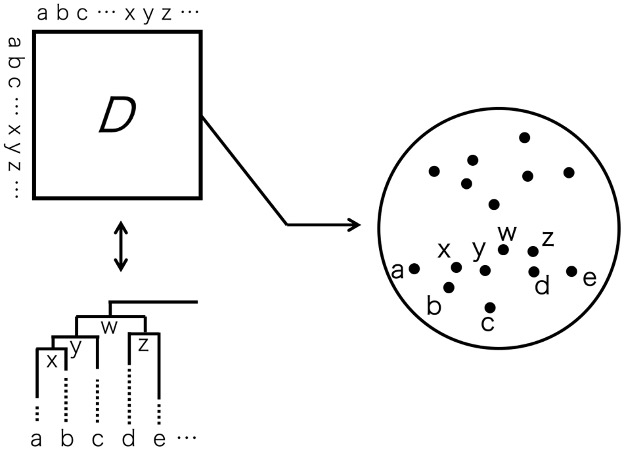
Matsumoto et al., 2021
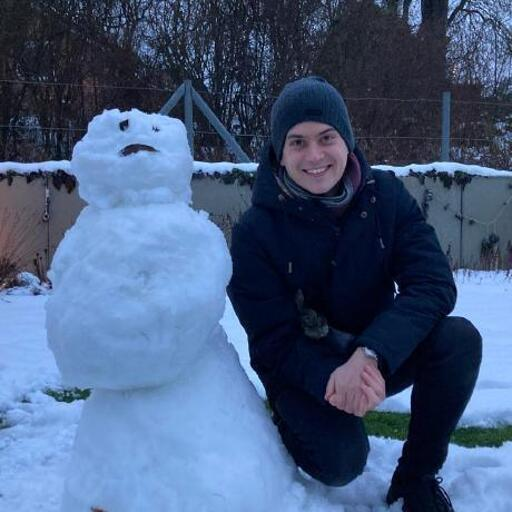
Kieran (right)- Postdoc
Virus evolution within and between humans hosts
RNA virus evolution - Go extinct another day
- Error prone RNA dependent RNA polymerase
- High mutation rate (~10-4) mutations/nucleotide replicated (~1 mutation in every genome)
- Rapid, adaptive evolution thwarts antiviral drugs, vaccine programs, and prior immunity.

Credit: Adam Lauring
Transmission imposes a strict bottleneck
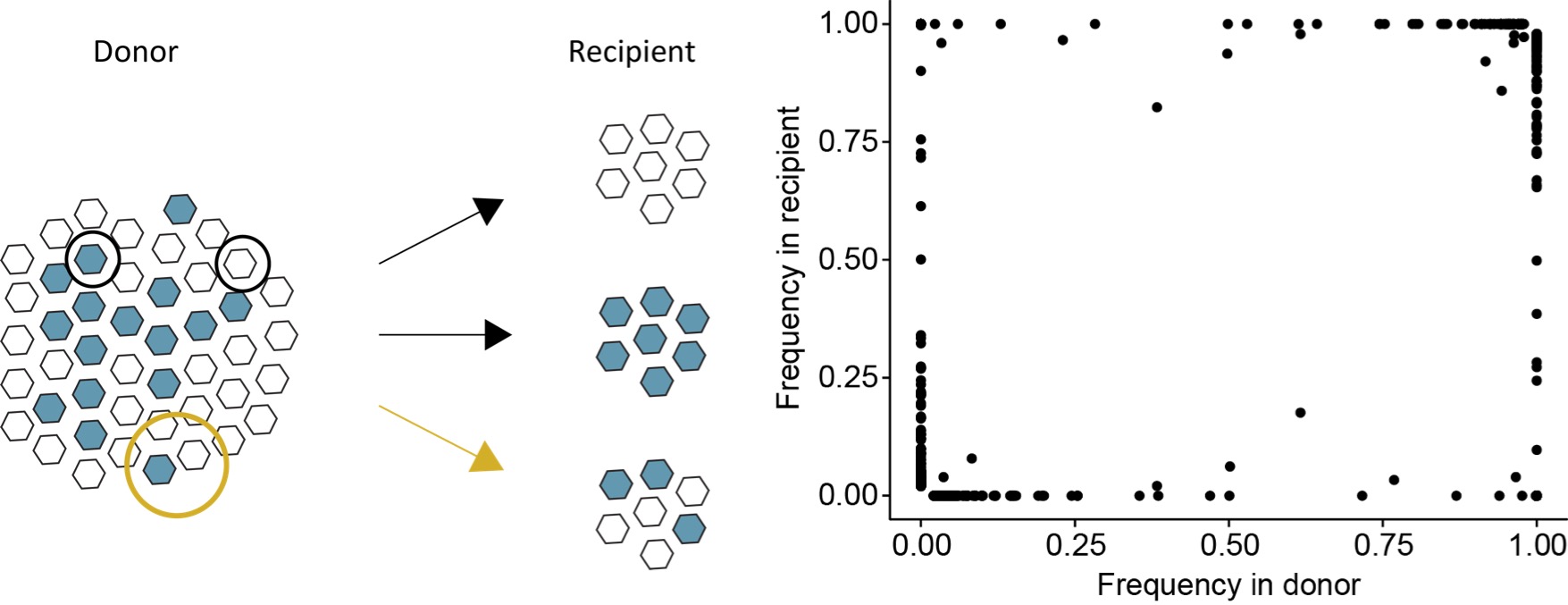
Each infection is an independent exploration of sequence space
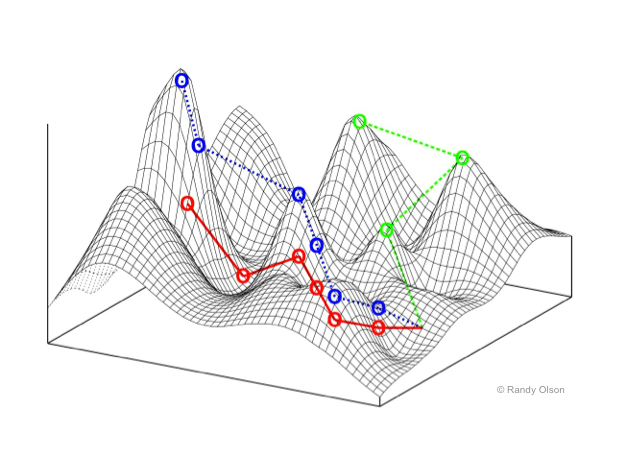
By Randy Olson - Own work, CC BY-SA 3.0
Future directions
Simple approaches
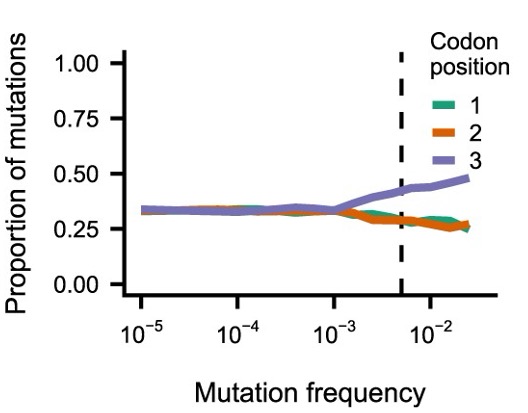
Xue and Bloom, 2020
New models
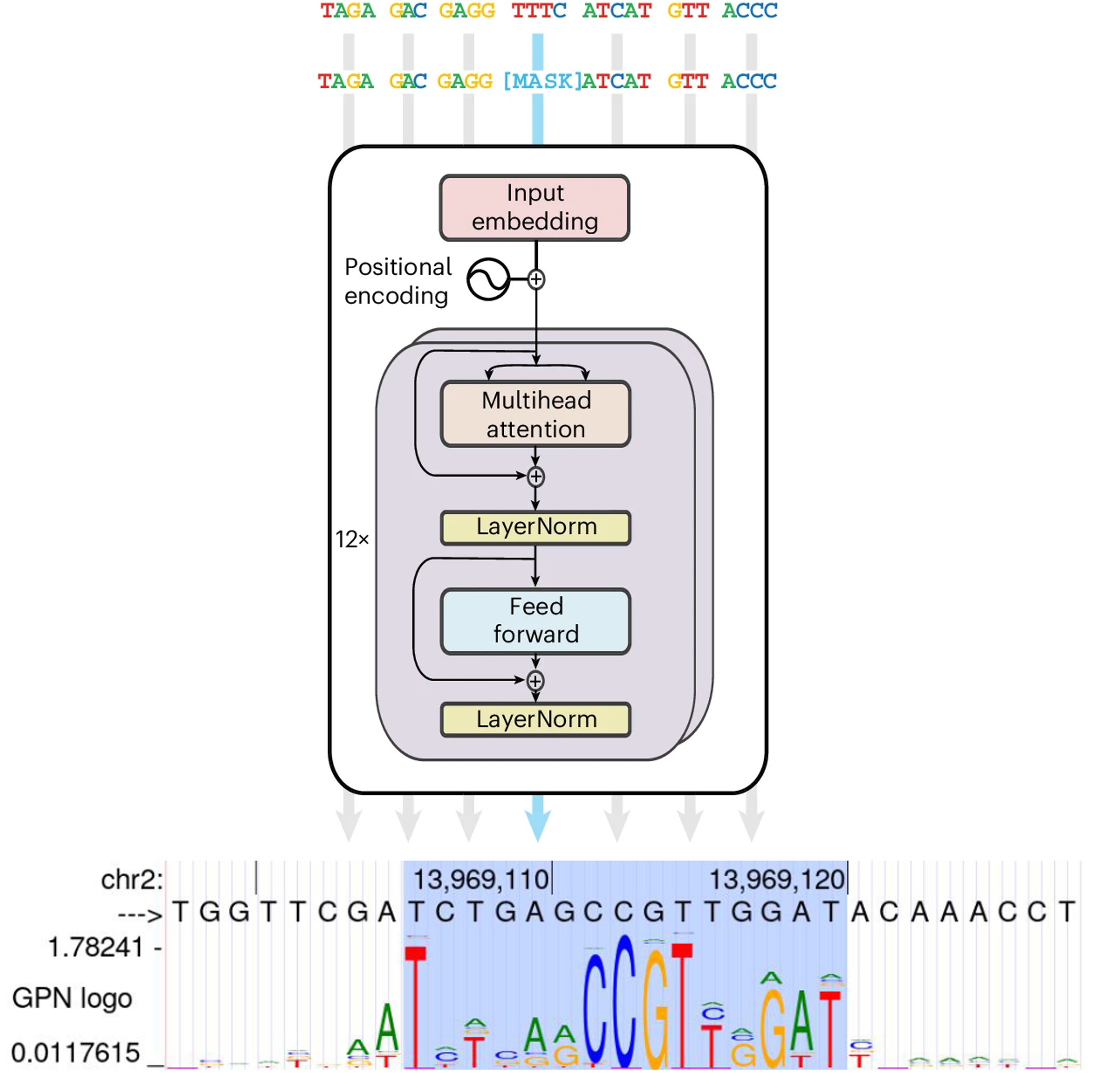
Benegas et al., 2024 and Sanabria et al. 2023

Cristian - Grad student
The McCrone lab
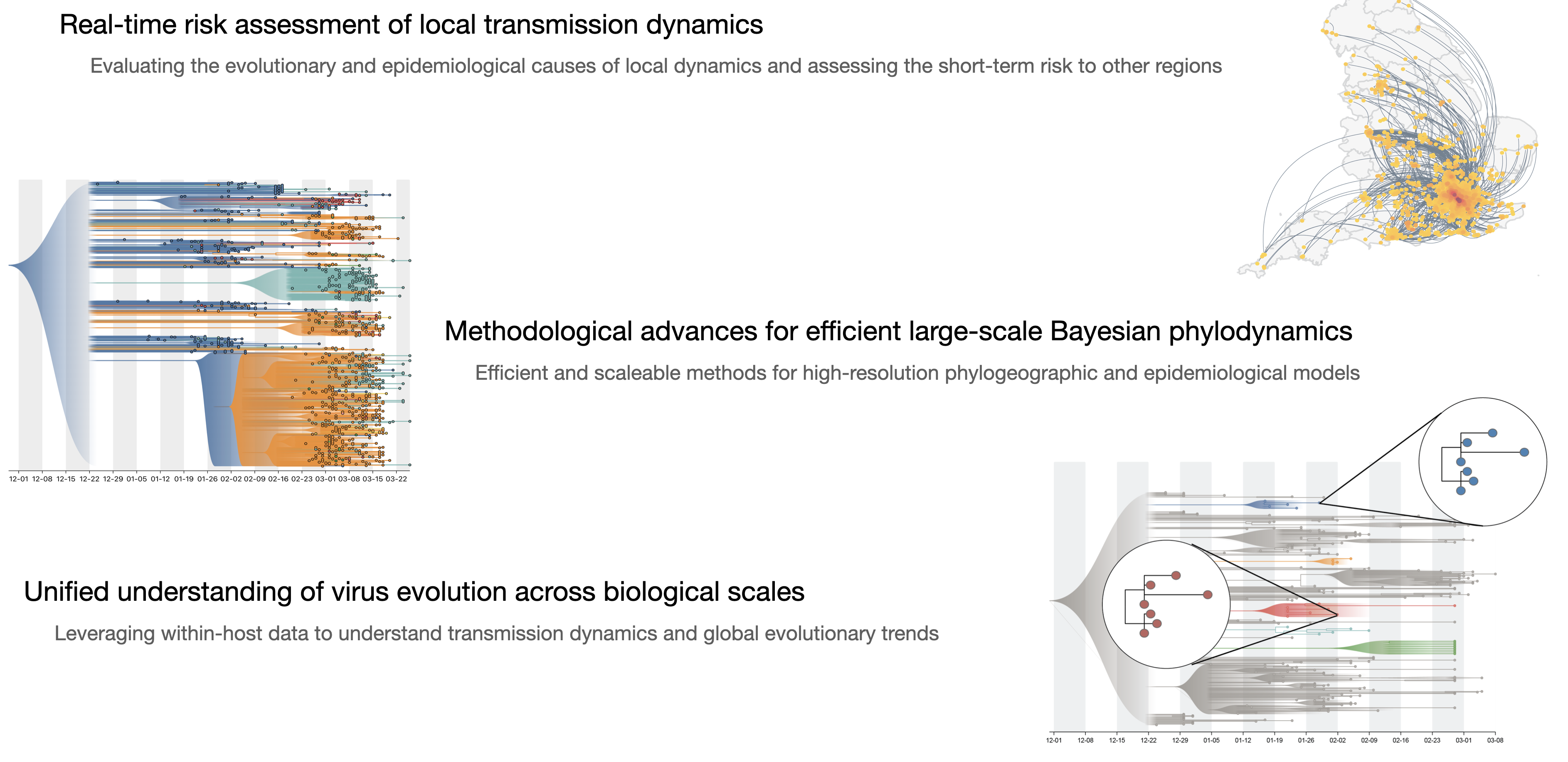
Ebola latency
Ebola virus
- (-) sense RNA virus ~18 Kb genome
- 17 independent spillover events from a poorly characterized reservoir
- Wide-spread mortality observed among great apes in Gabon and the Republic of Congo during the 1990s
- Anti-Ebola antibodies and viral RNA have been detected in multiple bat species
Ebola evolution in humans
Keita, A. K, et al., 2021
Rate heterogeneity between outbreaks follows a similar pattern
A latent branch-rate model
evolutionary rate = 0| μ
latent $ \overset{\mbox{$\lambda$}}{\Leftrightarrow}$ replicating
Latent branches date back to initial epidemic wave
Geographic implications of 'slow-down' events
Simulations suggest more latent lineages exist
Hypothesis: Ebola dynamics in the reservoir
- Active transmission from 1970-2014 seeding latent infections
- Recent outbreaks (2014-present) stem from reactivated infections
- Long-lived reservoir host
- Dynamic spill-over threat
- Unknown mechanism for latency

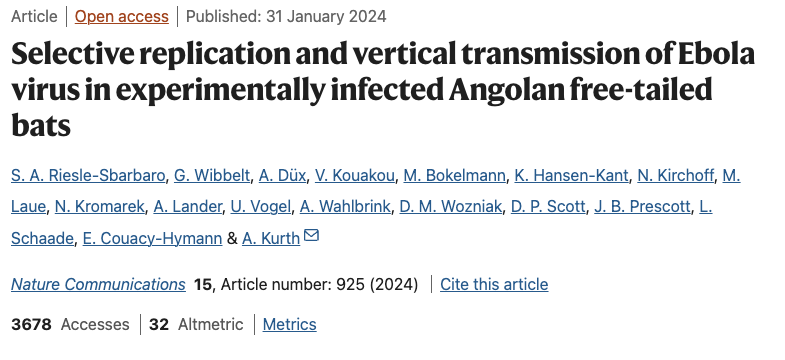
Thank you
University of Edinburgh
- Andrew Rambaut
- Ifeayni Omah
- Verity Hill
- Ben Jackson
- Áine O'Toole
- Rachel Colquhoun
- Emily Scher
- Shawn Yu
- Guy Baele -KU Leuven
McCrone lab
- Conner Copeland
- Cristian Ovadiuc
- Kieran Collienne
Bedford lab
- Nicola Muller
Matsen Group
- Eric Matsen
- Joseph Brew



